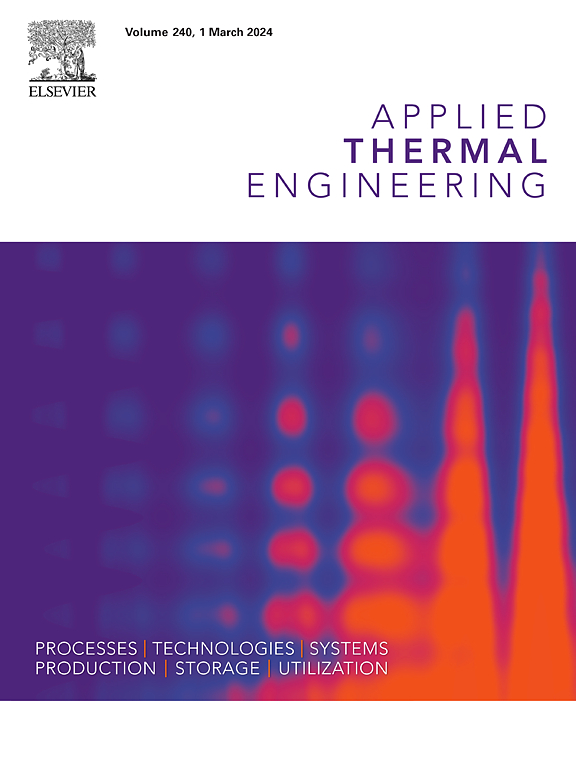Flexible composite phase change materials with high thermal conductivity and electrical insulation properties for lithium-ion battery thermal management
IF 6.1
2区 工程技术
Q2 ENERGY & FUELS
引用次数: 0
Abstract
Being the central component of electric cars, lithium-ion batteries release a large quantity of heat while operating. Therefore, a suitable battery thermal management system must be adopted. Conventional phase change materials have some limitations in practical applications, such as poor thermal conductivity, easy leakage, high contact thermal resistance, and lack of flexibility. These limitations place a substantial hindrance on their application in the battery thermal management systems. A novel flexible composite phase change material (FCPCM) possessing high thermal conductivity and electrical insulation was developed in the ongoing research. Here, paraffin wax (PA) was adopted as the principal PCM and styrene–butadiene–styrene block copolymer (SBS) was employed as the supporting framework to prevent leakage. This innovative approach aims to enhance the thermal performance while ensuring the integrity and reliability of the material in battery applications. Expanded graphite (EG) was incorporated to augment the thermal conductivity, while hexagonal boron nitride (H-BN) functioned as the electrically insulating reinforcing agent. The chemical characteristics, microstructure, thermal stability, and thermophysical properties of this CPCM were thoroughly assessed. The experimental outcomes show that the components of the material are only physically mixed without chemical reaction. The material exhibits excellent thermal stability, cycling performance, and thermotropic flexibility, with thermal conductivity and electrical resistivity measured at 1.13 W/(m·K) and 13.65 × 1013 Ω·m, respectively, showing its capabilities in battery thermal management. In order to investigate the heat dissipation performance of this PCM, which features high thermal conductivity and electrical insulation, within a battery thermal management system, the experimental design entails comparing the cooling outcomes of a single battery in combination with three distinct ratios of composite PCMs under various ambient temperatures and discharge rates. The CPCM containing 20 wt% H-BN was discovered to possess the optimal temperature control effect across all test conditions. The reason lies in its remarkable thermal conductivity and significant electrical resistivity, specifically in the context of higher discharge rates and ambient temperature conditions. This material can significantly reduce the maximum temperature of the battery surface.
求助全文
约1分钟内获得全文
求助全文
来源期刊

Applied Thermal Engineering
工程技术-工程:机械
CiteScore
11.30
自引率
15.60%
发文量
1474
审稿时长
57 days
期刊介绍:
Applied Thermal Engineering disseminates novel research related to the design, development and demonstration of components, devices, equipment, technologies and systems involving thermal processes for the production, storage, utilization and conservation of energy, with a focus on engineering application.
The journal publishes high-quality and high-impact Original Research Articles, Review Articles, Short Communications and Letters to the Editor on cutting-edge innovations in research, and recent advances or issues of interest to the thermal engineering community.
 求助内容:
求助内容: 应助结果提醒方式:
应助结果提醒方式:


